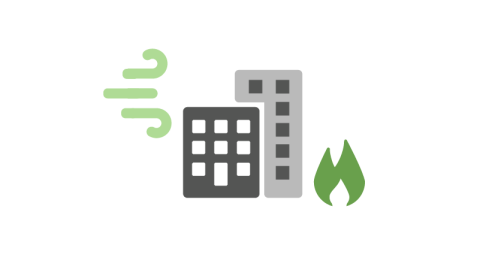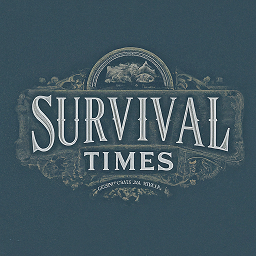Companies and their workforce encounter numerous risks that can impact their operations:

- Natural hazards like floods, hurricanes, tornadoes, and earthquakes.
- Health hazards such as widespread and serious illnesses.
- Human-caused hazards such as accidents and acts of violence.
- Technology-related hazards like power outages and equipment failure.
Company executives and staff members can proactively prepare for potential dangers in the work environment. Prepping provides guidance to help you develop a comprehensive preparedness strategy for future contingencies.

The Prepping Toolkit series features specialized editions for various disasters such as earthquakes, hurricanes, inland floods, power failures, and severe wind or tornado events. These toolkits provide a detailed roadmap for business leaders to enhance organizational readiness.

The process for creating a business’ preparedness plans should encompass as much as possible of what a business might need during an emergency. This includes communications planning, IT support and recovery, and continuity plans. SurvivalTimes.info and FEMA have plans available that your business can use to get started.

Advance preparation is vital for effective emergency response and ensuring the safety of your business and its employees. Training, simulations, and drills are crucial elements of disaster readiness, guaranteeing that all team members are aware of their roles and actions during an emergency or when normal business activities are interrupted.

If your business doesn’t have a plan yet, or if you’re in the middle of reviewing plans, there are steps that business leaders can take to prepare their companies for the disaster that comes down next. Many disasters and hazards can’t be prevented, but you can take steps now to get ready to plan.

An array of resources is at your disposal to fortify your business against disasters and to facilitate a robust recovery. These include informative materials on incident handling, resource allocation, and risk mitigation strategies.

